It’s no secret that the cost of living keeps climbing, and even the once-affordable staples of your shopping list have taken a hit. What used to be considered “cheap” isn’t so cheap anymore, and it’s impacting how people spend and save. This list takes a look at how some everyday items, previously thought to be budget-friendly, have crept out of the “cheap” category, leaving
It’s no secret that the cost of living keeps climbing, and even the once-affordable staples of your shopping list have taken a hit. What used to be considered “cheap” isn’t so cheap anymore, and it’s impacting how people spend and save. This list takes a look at how some everyday items, previously thought to be budget-friendly, have crept out of the “cheap” category, leaving many to rethink their spending habits.
1. Canned Tomatoes
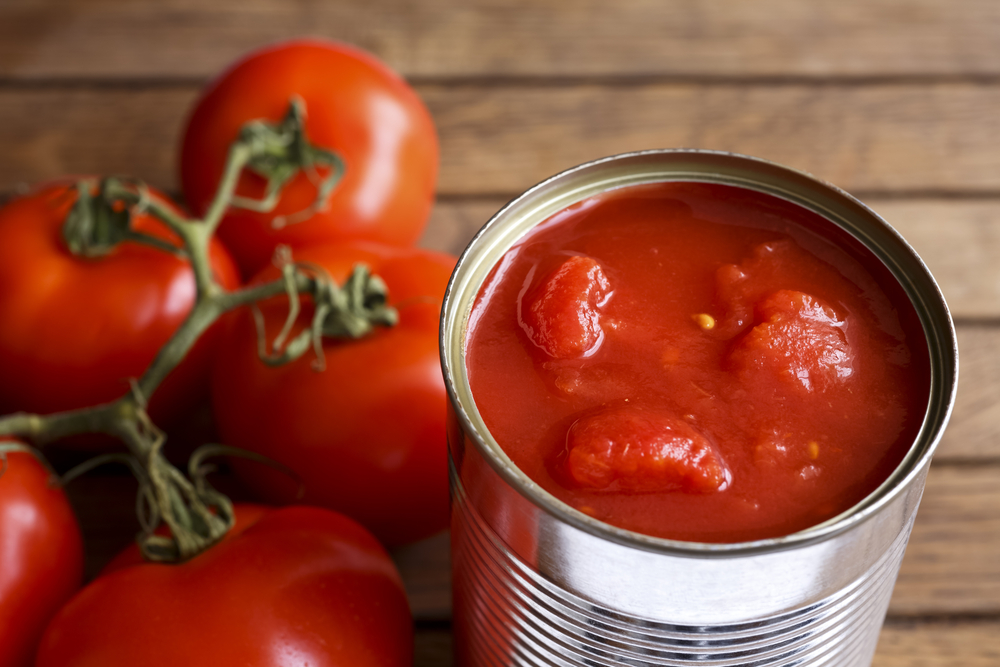
Canned tomatoes were once the go-to for anyone looking to stretch a dollar in the kitchen. They’ve been a staple for everything from sauces to soups, offering a taste of summer in every can. However, the rising costs of production and transportation have pushed prices up significantly. According to a recent study by the National Tomato Growers Association, the cost of producing canned tomatoes has increased by approximately 20% over the past two years. This means you’re now paying a premium for what’s essentially a pantry basic, forcing people to reconsider how often they reach for these once-cheap cans.
The implications aren’t just financial either. With prices continuing to climb, people are finding themselves cutting back on recipes that rely heavily on canned tomatoes. This change affects everything from weekly meal planning to special family dinners, altering the way many approach cooking. For those who relied on canned tomatoes to create budget-friendly meals, this staple’s price hike is more than just a hit to the wallet. It impacts the overall culinary experience and enjoyment, shifting what was once a guilt-free splurge into a more calculated purchase.
2. Pasta
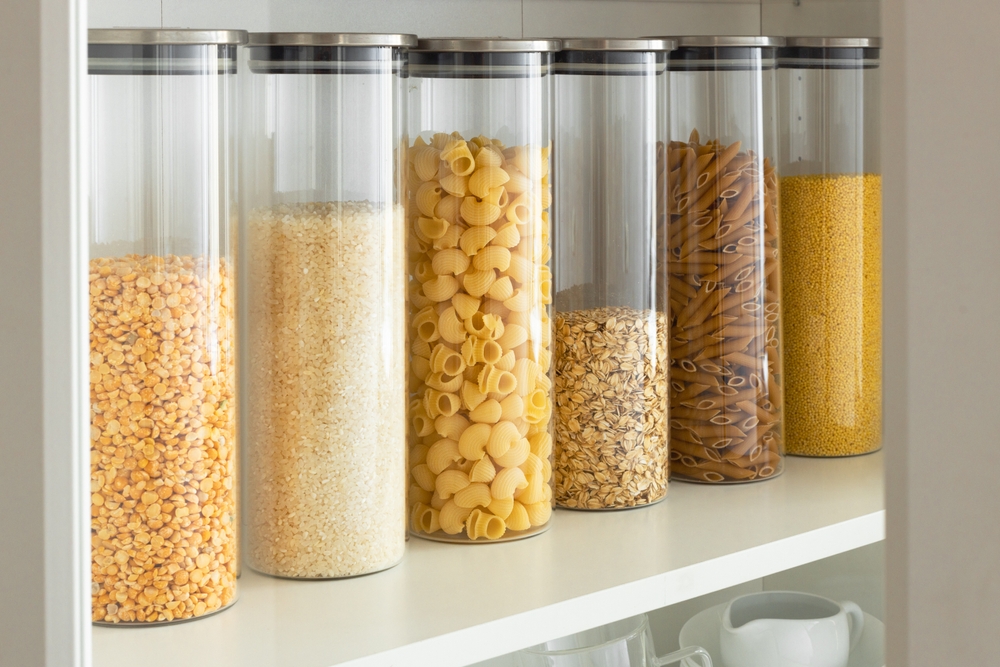
Pasta, the quintessential cheap meal backbone, has also become more of a luxury than a pantry staple. Once hailed as the ultimate budget-friendly food, suitable for families and college students alike, pasta’s price increase has taken many by surprise. The reasons behind this shift are multifaceted, including higher wheat prices and supply chain issues. For many people, pasta night has gone from an easy, affordable evening to something that requires a bit more planning and consideration. It’s not just about the pasta, as the accompanying sauces and toppings also add to a not-so-mini mountain of expenses.
People are beginning to look for alternatives, experimenting with other grains or even cutting back on how often they serve pasta dishes. The change isn’t as painful for everyone, but for those who relied on pasta as a budget staple, it’s a noticeable difference. It’s altering how many approach meal prep, turning what was once a simple decision into a discussion of cost versus comfort. The shift also prompts a closer look at where to save elsewhere, as pasta can no longer be the default low-cost option it once was.
3. Coffee

Coffee, the beloved morning ritual for many, has increasingly become less of a casual purchase and more of a financial consideration. The International Coffee Organization reports that coffee prices have surged due to factors like unfavorable weather in key coffee-growing regions and increased labor costs. This rise has transformed a staple morning habit into a more deliberate expense. For those who used to grab a cup on the way to work without thinking twice, it’s now something that makes them pause and consider its impact on their weekly budget.
This shift forces many to rethink their caffeine routines and adjust their spending habits. While brewing at home can provide some savings, the cost of beans has also gone up, leaving fewer truly cheap options. The increase in coffee prices is more than just an inconvenience; it’s a cultural shift for a society that cherishes its coffee breaks. It’s becoming a question of whether to cut back on other areas or find new ways to enjoy this ritual without breaking the bank. This change in perspective highlights how even small daily habits aren’t immune to the rising tide of costs.
4. Bread

Bread, a humble staple on tables everywhere, has seen its fair share of price increases, leaving many to wonder if it’s worth the slice. Once a reliable budget buy, the cost of bread has been affected by rising ingredient prices and transportation costs. For many people, this means paying more for what was once a dietary cornerstone. The impact is felt most by those who consume bread daily, turning each loaf into a more costly consideration.
This price hike isn’t just about the bread itself but also about what it represents. It’s a tangible reminder of broader economic shifts and the realities of modern grocery shopping. With bread being a fundamental part of many meals, the increase has people rethinking portion sizes and frequency of purchases. It’s also influencing decisions on whether to invest time in baking at home or exploring other carb options. What was once a given in the grocery cart now prompts a more scrutinizing look at weekly budgets.
5. Eggs

Eggs, a versatile and nutrient-rich staple, have experienced a significant price uptick, transforming a once-economical choice into a pricier item. According to the USDA’s Economic Research Service, increased feed costs and avian flu outbreaks have contributed to the rising prices of eggs. This upward trend means that people are having to reconsider how often they integrate eggs into their meals. For many, this affects everything from breakfast routines to baking plans.
The rising cost of eggs is more than just an inconvenience; it impacts dietary habits and nutritional choices. People who relied on eggs for an affordable protein source are finding themselves budgeting more carefully. This shift is leading to a reevaluation of meal planning strategies and a search for alternative proteins that don’t break the bank. As eggs continue to be a costlier option, the ripple effects are felt throughout grocery lists and the way people approach feeding themselves and their families. What was once seen as a straightforward grocery item has become a symbol of broader economic challenges.
6. Potatoes

Potatoes, a staple in many households, have seen their prices rise, much to the dismay of those who rely on them for affordable meals. Once a budget-friendly choice, potatoes have been affected by increased farming costs and supply chain disruptions. This shift means that people are now paying more for one of the most versatile and commonly used ingredients. As a result, people are reevaluating how often they include potatoes in their meals and exploring other options for side dishes and main courses.
The increase in potato prices is more than just a financial burden; it impacts the way people cook and plan their meals. Potatoes have long been a go-to for stretching meals and feeding families on a budget, but their rising cost complicates this strategy. This has led to a search for alternative ingredients that can fill the same culinary niche without the added expense. While potatoes may still hold a place in many kitchens, their newfound status as a pricier commodity highlights the challenges of maintaining a budget-friendly diet in today’s economic climate.
7. Rice
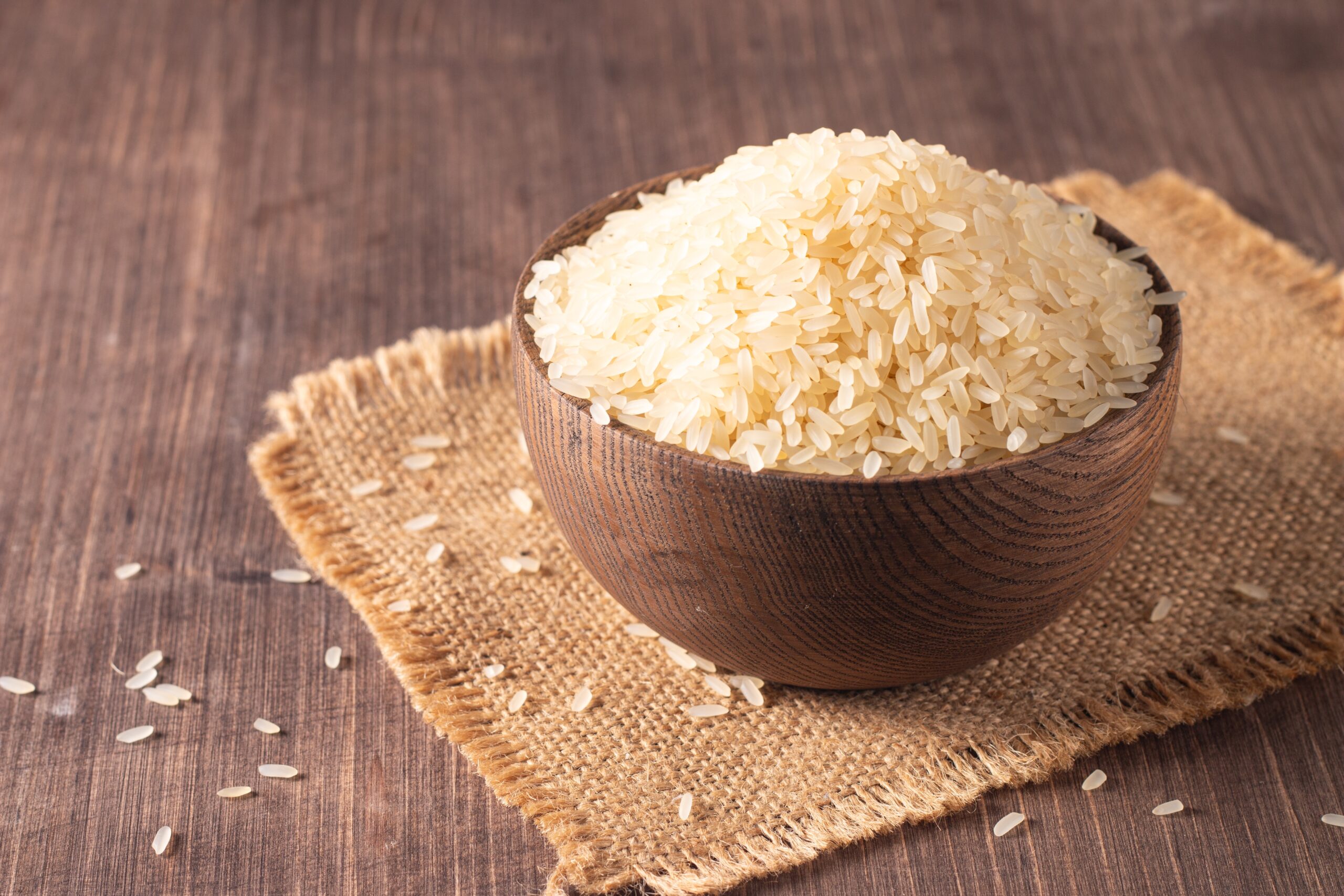
Rice has traditionally been a cornerstone of budget meals across the globe, but its price has climbed, altering its status as a cheap staple. According to the International Rice Research Institute, factors like fluctuating weather patterns and increased demand have contributed to the rising cost of rice. This change affects people who rely on rice as a primary food source, turning what was once a cost-effective grain into a more expensive purchase. The impact is felt particularly in households where rice is consumed frequently, prompting a need for budget adjustments.
For many, the rising cost of rice poses a challenge to maintaining a balanced and affordable diet. It influences meal planning decisions, as people seek out alternative grains and starches to fill the void left by pricier rice. This shift in the affordability of rice also highlights the interconnected nature of global food supply chains and their vulnerability to economic and environmental factors. As rice becomes a less budget-friendly option, it underscores the need for adaptability and creativity in meal preparation. The impact is far-reaching, affecting not just individual households but also broader food security strategies.
8. Chicken

Chicken, often touted as an affordable protein option, has seen its prices rise, making it less of a budget choice than it once was. Economic factors such as feed costs and supply chain disruptions have played a role in this increase, transforming chicken into a pricier commodity. For many people, this shift represents a significant change in how they plan and prepare meals. Chicken has long been a staple for those looking to save money on groceries while still providing nutritious meals for their families.
The rising cost of chicken affects more than just the grocery bill; it influences how people think about protein consumption. As chicken becomes a less viable option for budget-conscious shoppers, there’s a push to explore other protein sources or adjust portion sizes to make each purchase last longer. This change in the affordability of chicken highlights the need for adjustments in dietary habits and meal planning. While chicken remains a beloved staple in many households, its higher price tag prompts a reevaluation of its role in everyday meal prep and consumption. The shift underscores the broader challenges of keeping food costs manageable in an unpredictable economic landscape.
9. Milk

Milk, a staple in many households, has experienced price increases that have caught shoppers off guard. Once a reliable and affordable source of nutrition, milk’s rising cost is attributed to factors such as feed prices and supply chain issues. This change affects people who consume milk daily, whether in cereal, coffee, or as a standalone drink. The impact is felt across a range of dietary habits, making milk a more considered purchase than it once was.
The implications of milk’s price increase extend beyond the grocery store, affecting how people approach nutrition and meal planning. For families with children or those who rely on milk as a primary source of calcium and protein, the hike in prices prompts a reevaluation of dietary choices. It also leads to exploration of alternative options, such as plant-based milks, which may or may not be a cost-effective substitute. As milk becomes a more expensive staple, it highlights the challenges of maintaining traditional dietary habits in an evolving economic environment. This shift underscores the need for flexibility and innovation in meeting nutritional needs without exceeding budget constraints.
10. Cheese
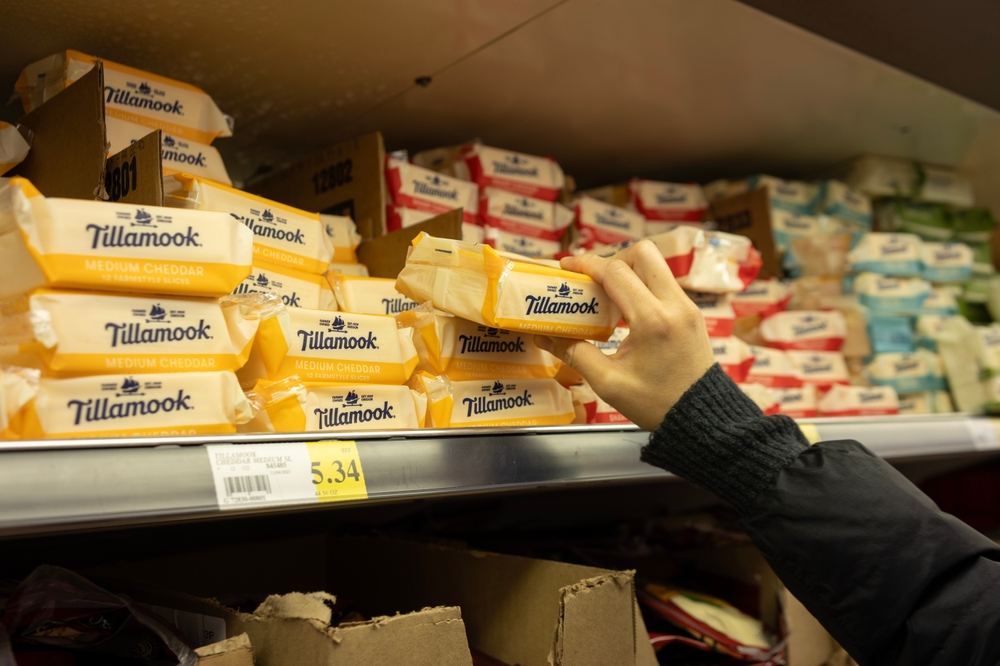
Cheese, often considered a versatile and delicious addition to meals, has seen its prices rise, turning it into a more costly indulgence. Factors like increased production costs and supply chain disruptions have contributed to this price hike, affecting how people incorporate cheese into their meals. For many, cheese has gone from a staple to an occasional treat, changing the way it’s used in everyday cooking. This shift impacts everything from simple sandwiches to elaborate culinary creations.
The rising cost of cheese has broader implications for meal planning and grocery budgeting. People who once relied on cheese as an affordable way to elevate dishes now find themselves seeking alternatives or cutting back on how much they use. This change in the affordability of cheese highlights the need for creativity and adaptability in the kitchen, as people look for ways to maintain flavor without breaking the bank. While cheese remains a beloved component of many recipes, its higher cost prompts a reevaluation of its role in meal preparation. The shift underscores the larger economic challenges faced by consumers trying to balance taste and cost.
11. Ground Beef
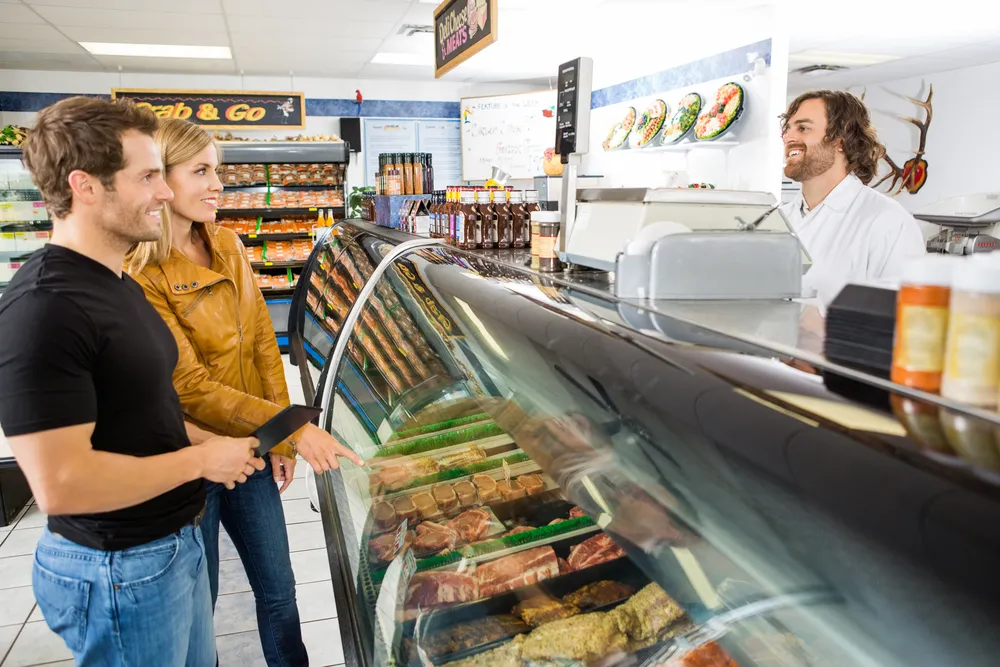
Ground beef, once the go-to choice for affordable protein, has become a more costly option in recent times. Economic factors such as rising feed costs and supply chain issues have contributed to this increase, altering the way people view ground beef as a budget-friendly staple. For many, this shift means rethinking meal planning and exploring alternative protein sources to keep costs down. Ground beef has long been a staple for families looking to feed everyone without breaking the bank.
The higher price of ground beef has implications for meal preparation and grocery shopping habits. People who relied on ground beef for quick and economical meals now find themselves seeking out other options or adjusting portion sizes to make each purchase last. This change in affordability highlights the need for creativity and flexibility in the kitchen, as people adapt to evolving economic circumstances. Ground beef remains a popular choice for many, but its higher price tag prompts a reassessment of its role in everyday meal prep. The shift underscores the broader challenges of maintaining a budget-friendly diet in today’s economic landscape.
12. Peanut Butter

Peanut butter, once a reliable and affordable staple, has seen its prices rise, making it a more costly addition to the pantry. Factors like fluctuating peanut crop yields and increased production costs have contributed to this increase, affecting how people incorporate peanut butter into their meals. For many, peanut butter has gone from a budget-friendly option to a more considered purchase, altering the way it’s used in everyday cooking and snacking. This shift impacts everything from simple sandwiches to elaborate recipes.
The rising cost of peanut butter has broader implications for meal planning and grocery budgeting. People who once relied on peanut butter as an affordable way to add protein and flavor to meals find themselves seeking alternatives or cutting back on how much they use. This change in the affordability of peanut butter highlights the need for creativity and adaptability in the kitchen, as people look for ways to maintain taste without exceeding their budget. While peanut butter remains a beloved staple, its higher cost prompts a reevaluation of its role in meal preparation. The shift underscores the larger economic challenges faced by consumers trying to balance nutrition and cost.
13. Butter
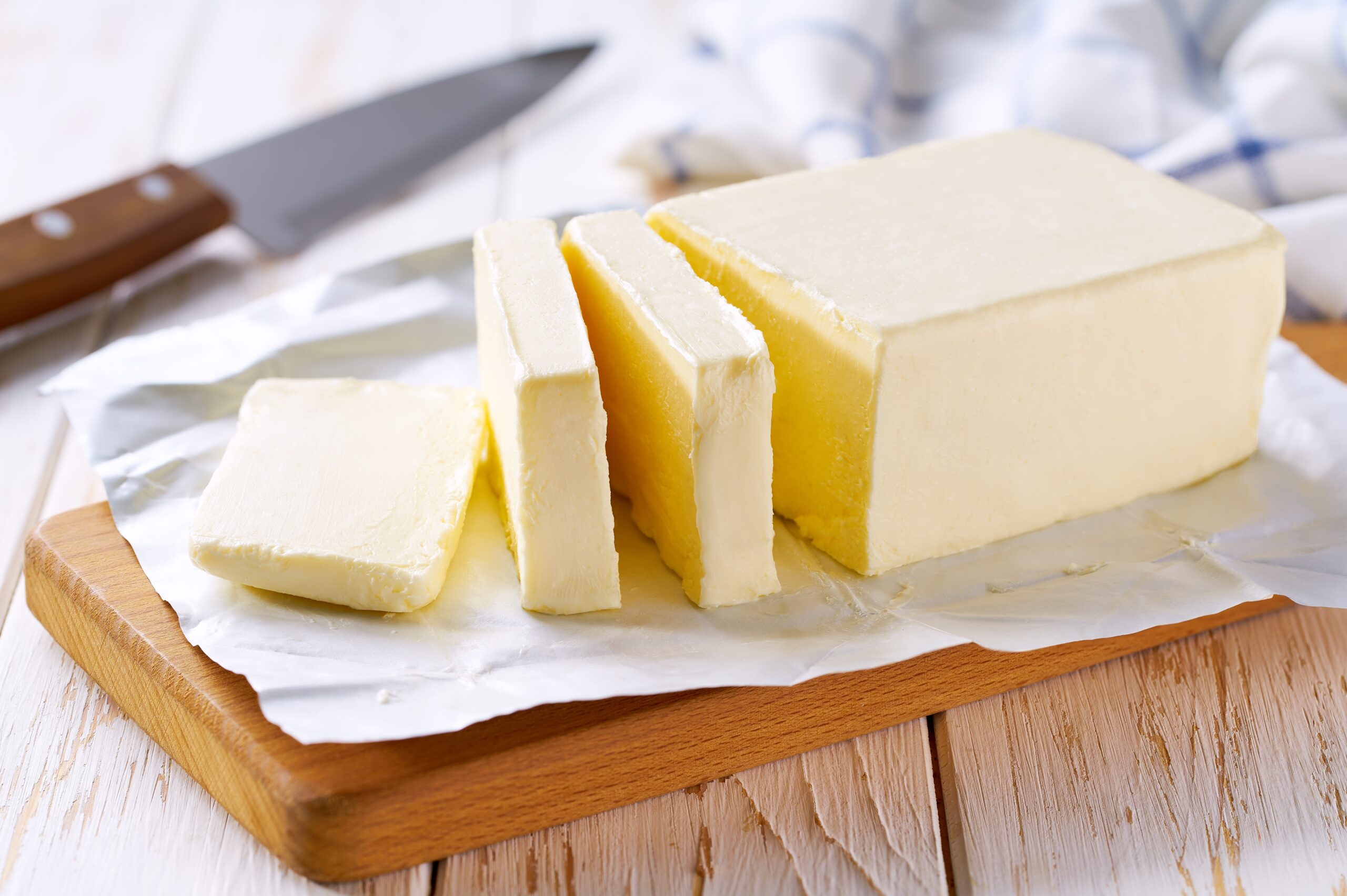
Butter, a staple in both cooking and baking, has experienced price increases that have taken many by surprise. Once a reliable and affordable ingredient, butter’s rising cost is attributed to factors such as increased production expenses and supply chain challenges. This change affects people who use butter regularly, whether for spreading on toast or incorporating into recipes. The impact is felt across a range of dietary habits, making butter a more considered purchase than it once was.
The implications of butter’s price increase extend beyond the grocery store, influencing how people approach cooking and baking. For those who rely on butter as a key ingredient in their culinary endeavors, the hike in prices prompts a reevaluation of recipe choices. It also leads to exploration of alternative options, such as margarine or vegetable oils, which may or may not be a cost-effective substitute. As butter becomes a more expensive staple, it highlights the challenges of maintaining traditional cooking habits in an evolving economic environment. This shift underscores the need for flexibility and innovation in the kitchen to meet culinary needs without exceeding budget constraints.
14. Cereal

Cereal, a breakfast staple for many, has seen its prices rise, turning it into a more costly start to the day. Economic factors such as increased production costs and supply chain disruptions have contributed to this price hike, affecting how people incorporate cereal into their morning routines. For many, cereal has gone from a go-to breakfast option to a more considered purchase, altering the way it’s used in everyday meal planning. This shift impacts everything from simple bowls of cereal to creative breakfast recipes.
The rising cost of cereal has broader implications for meal planning and grocery budgeting. People who once relied on cereal as an affordable way to start their day now find themselves seeking alternatives or cutting back on how much they consume. This change in the affordability of cereal highlights the need for creativity and adaptability in breakfast choices, as people look for ways to maintain convenience without exceeding their budget. While cereal remains a beloved staple for many, its higher cost prompts a reevaluation of its role in meal preparation. The shift underscores the larger economic challenges faced by consumers trying to balance convenience and cost in their morning routines.
This article is for informational purposes only and should not be construed as financial advice. Consult a financial professional before making investment or other financial decisions. The author and publisher make no warranties of any kind.






